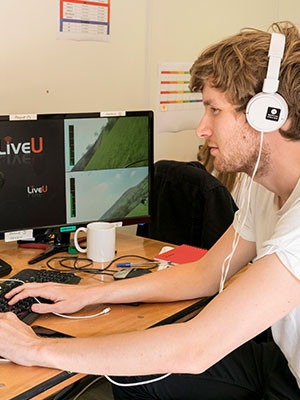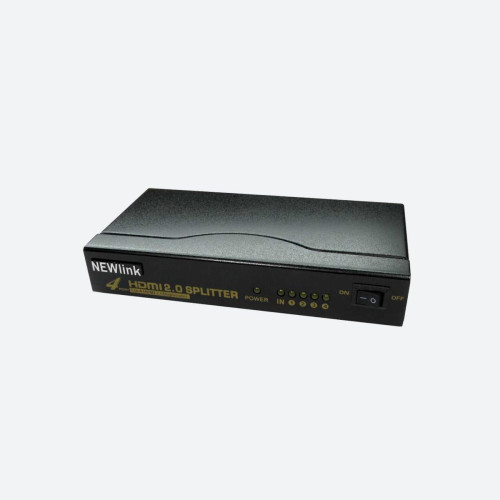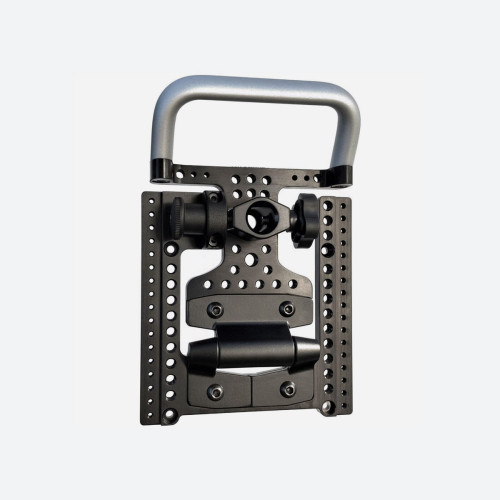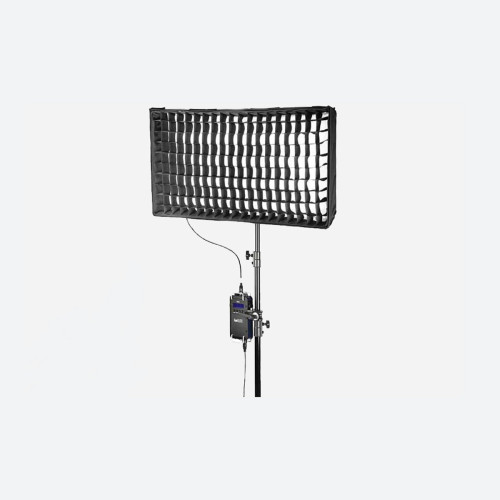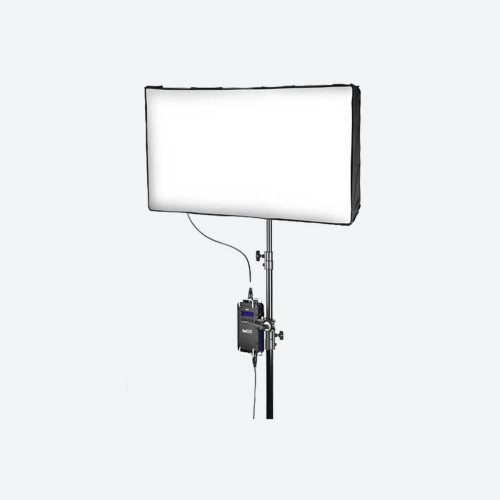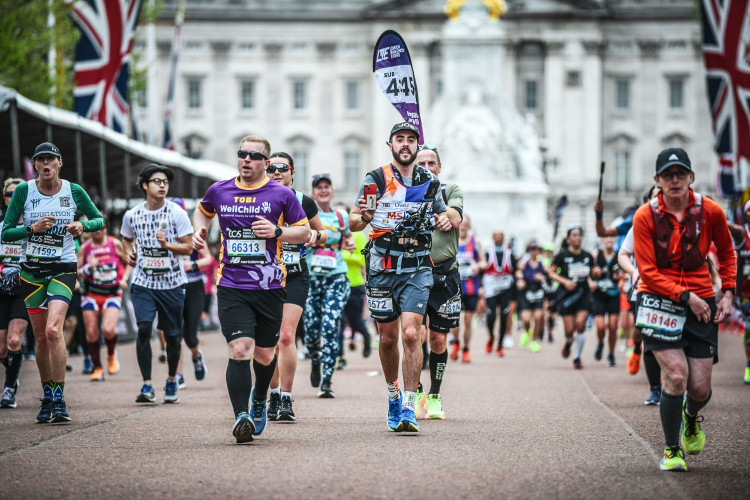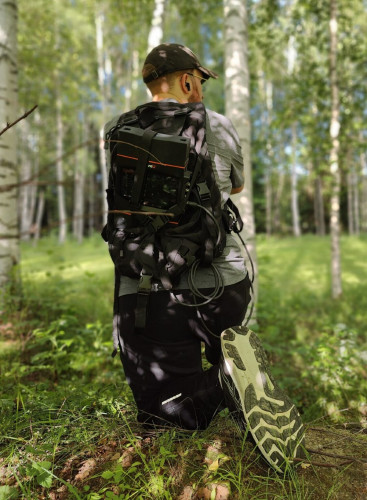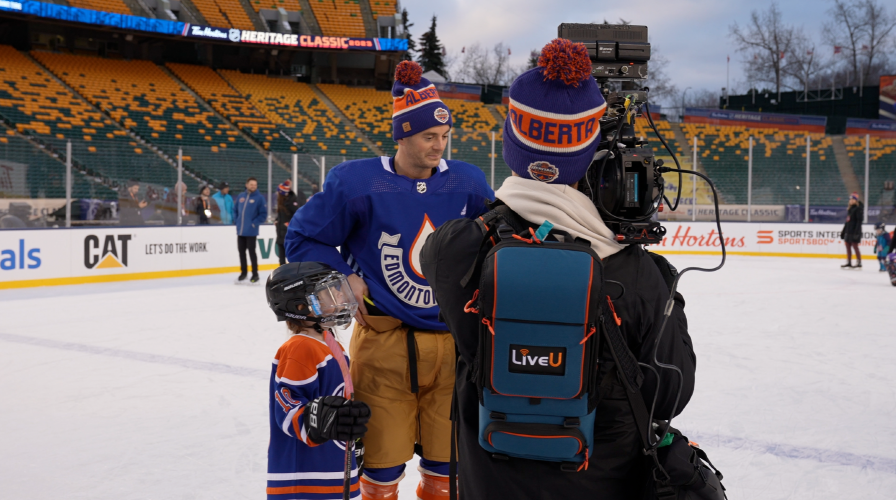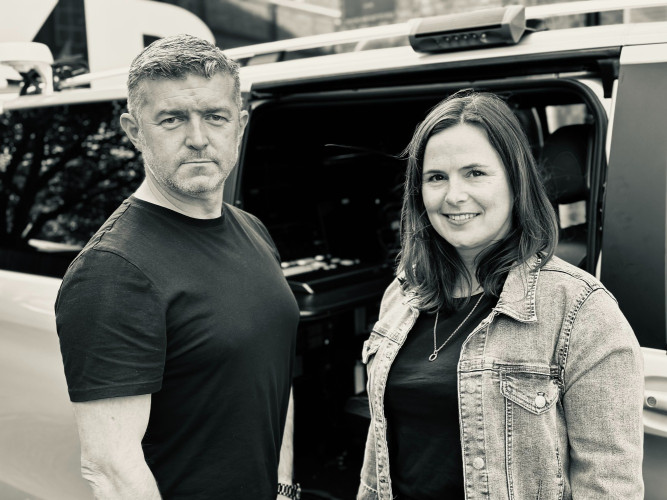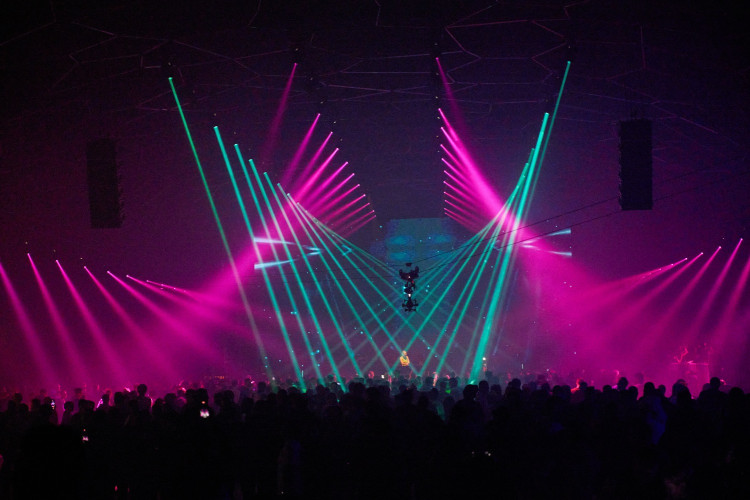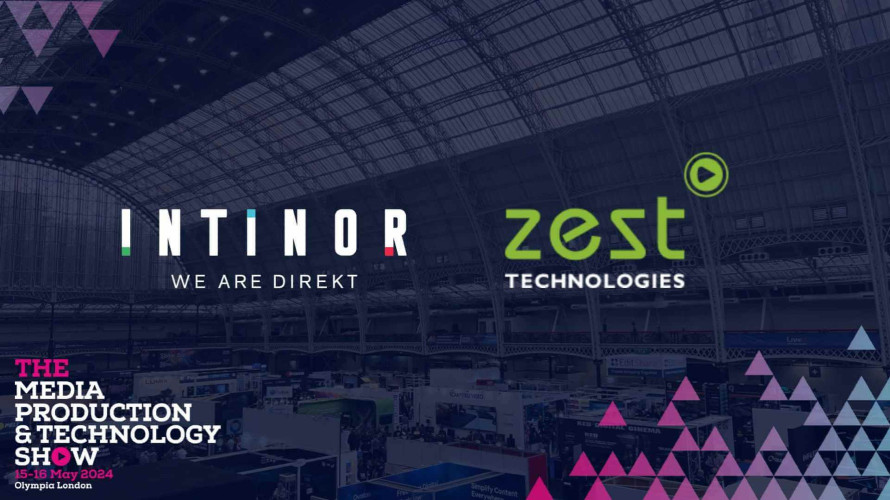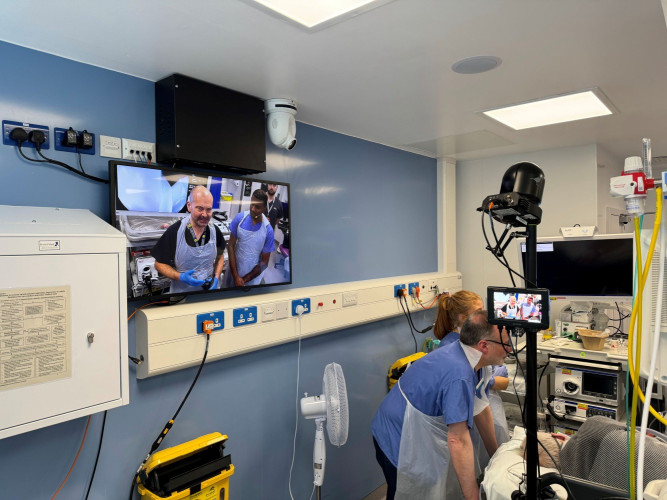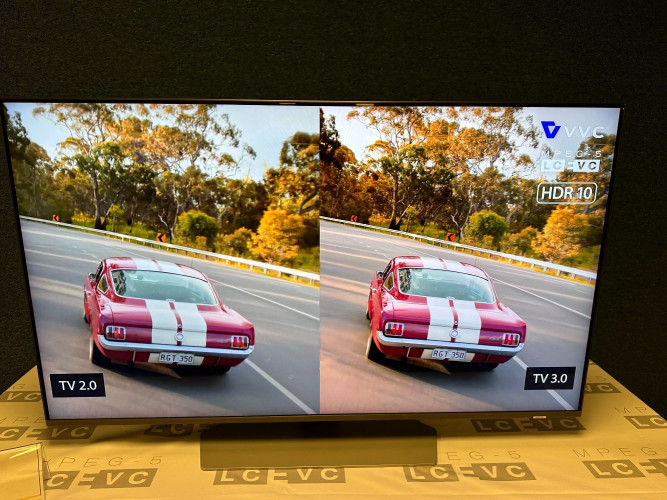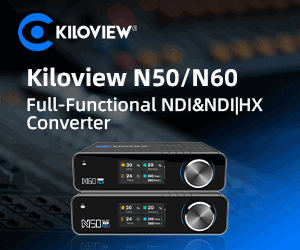Shine TV has never been one to shy away from a challenge, be that in terms of using new technologies, filming ideas or overall formats: we pride ourselves on being ambitious and risk-takers.
We make Hunted and The Island with Bear Grylls for Channel 4 and we’ve just made The Heist, this time working with Sky One. These are all huge, ambitiously formatted factual entertainment shows. They require an enormous setup and an enormous amount of manpower to make them work. It’s fair to say that The Heist has taken this to a new level, with a specific technical and storytelling challenge at the heart of it, for us as the production company. But let’s step back first.
For Hunted, we opened series three with a helicopter chase, following a van through central Manchester and needed to get a video signal from the helicopter back to HQ. The conventional way of doing that is with RF links on the helicopter and then via satellite over IP. But that was going to be horrendously expensive.
We spoke to both BT and technical partner Jackshoot and they said let’s try LiveU instead. Of course, LiveU – particularly in combination with 4G LTE – has changed forever the way that contribution works. This is very clear across newsgathering and increasingly across sports too, especially with their hardware-based HEVC encoding capabilities. But in factual entertainment it’s unheard of.
For the chase scene in Hunted, it worked absolutely brilliantly, and was also a fraction of the cost. We came away thinking, this new technology is truly fantastic.
The Heist was a big Sky One commission, which began transmission on November 9th 2018, and is an out there, slightly crazy idea of real-life cops and robbers. Set in Thirsk in North Yorkshire, a group of locals are tasked with carrying out a heist – 10 people had to plan and carry out the stealing of £250,000 from a parked van. They then split into five teams of two and had to evade the detectives for 16 days to try and keep their share of the stolen money. Each team of two took a £50,000 share.
14 former police officers were in pursuit, with things like incident boards and a hotline created alongside also holding a public appeal to get the general public into the spirit of the show. This also included news of the “heist” in the local newspaper.
The way we filmed the cops for this was relatively easy as it’s an overt, traditional way of shooting with producer directors and sound operators. But when it came to filming the thieves, doing that in a conventional way could compromise their identity.
Our Director of Photography, Danny Etheridge, who has been involved in lots of Shine productions, suggested testing out filming on smartphones – they now shoot in brilliant quality and offer a covert way of filming. We also looked at small cameras for enclosed areas like homes or work spaces. And then when the thieves are out in public, we looked at using surveillance vans that we could shoot long lens from.
These were all great ways of shooting but by doing that, having numerous different cameras and people all filming different segments of the thieves’ daily lives, meant that as a production team we were really removed from the storytelling. As an example, on Hunted, there’s one person who shoots each fugitive, so they know what the narrative is. But with the Heist, there were numerous people shooting – with no Producer Director taking ownership over that thief’s story.
After speaking with BT’s Media and Broadcast Division, LiveU and their UK Partner Garland Partners (who also provided support), we decided we’d try and use LiveU to send images from both our cameras and phones back to a story producer who could then see everything that was going on and could therefore oversee the story as we went along. By using BT’s new M2M SIM cards for their 4G network, this allowed the data traffic to operate above the normal consumer 4G capacity at significantly faster speeds. Thanks to this great connectivity the story producer could see everything that the Thieves were doing, therefore producing the narrative as they went along.
We created what we think is the world’s first low-res broadcast gallery. All the smartphones and Canon 205 cameras we used were streaming back to the temporary gallery we had built, using either LiveU’s LU-Smart app or a hardware unit, and via LiveU servers. There were 20 video feeds and 40 audio feeds.
We capped all the LiveU streams at 1 Mbps as these weren’t for on-air use at all, rather purely as an editorial tool. As well as being able to view the relevant images, the story producers could also use LiveU’s IFB talkback capabilities to communicate with camera operators when required. This created a seamless workflow. It was about us being able to watch content happen in real-time over a 4G network to create the story. It was very cost-effective too.
It worked brilliantly. We were in the Yorkshire Moors, with its fairly poor mobile coverage, but with the LiveU bonded technology we always had connection.
We are now looking at extending our use of LiveU across other formats – 100 per cent we are. I think we are now in a technological age where we can think, what programmes can we base around this technology, rather than the other way around. Satellite trucks are hugely expensive but now we don’t need them – or certainly don’t need them as much. We have the ability to have live links all around the world at a cost that would have seemed unimaginably low even recently. It is a new era of entertainment television that we are entering. This technology makes the future of TV programmes very, very exciting.





